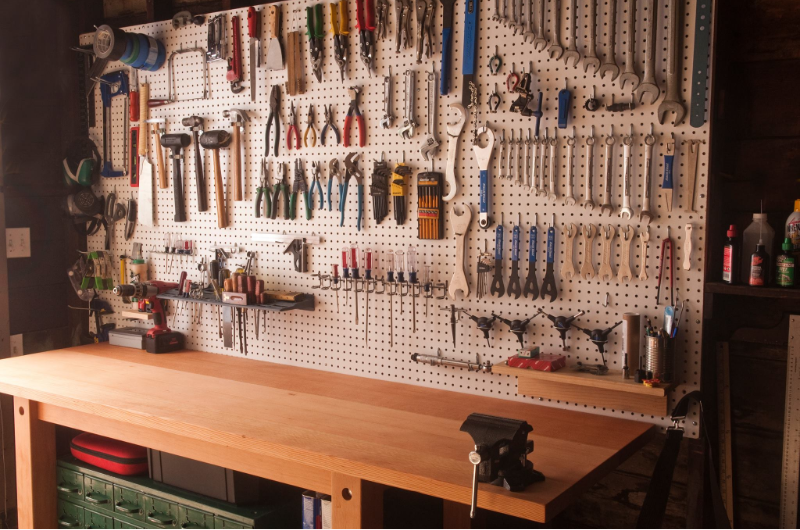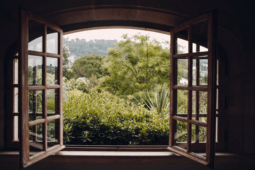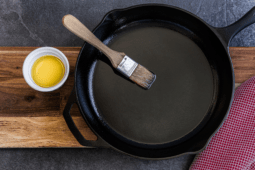Don’t Grow These 6 Perennials In Your Garden, Horticulturists Warn
Perennials are often seen as the low-maintenance stars of the garden. Plant them once, and they return year after year. Not all perennials are worth the space they take up, though. Some are aggressive, others attract pests, and a few just don’t perform well in most gardens. According to horticulturists, certain varieties cause more trouble than they’re worth. Here are six to think twice about before planting.
1. Bearded Iris
Bearded irises are known for their striking, beautiful blooms, but their charm is usually pretty short-lived. They flower for only a brief period in spring, then leave behind large clumps of dull, floppy leaves for the rest of the season. These plants also need regular dividing to stay healthy and avoid rot, which can be more work than many realize. Horticulturists say unless you’re ready to maintain them closely, they often disappoint in the long run.
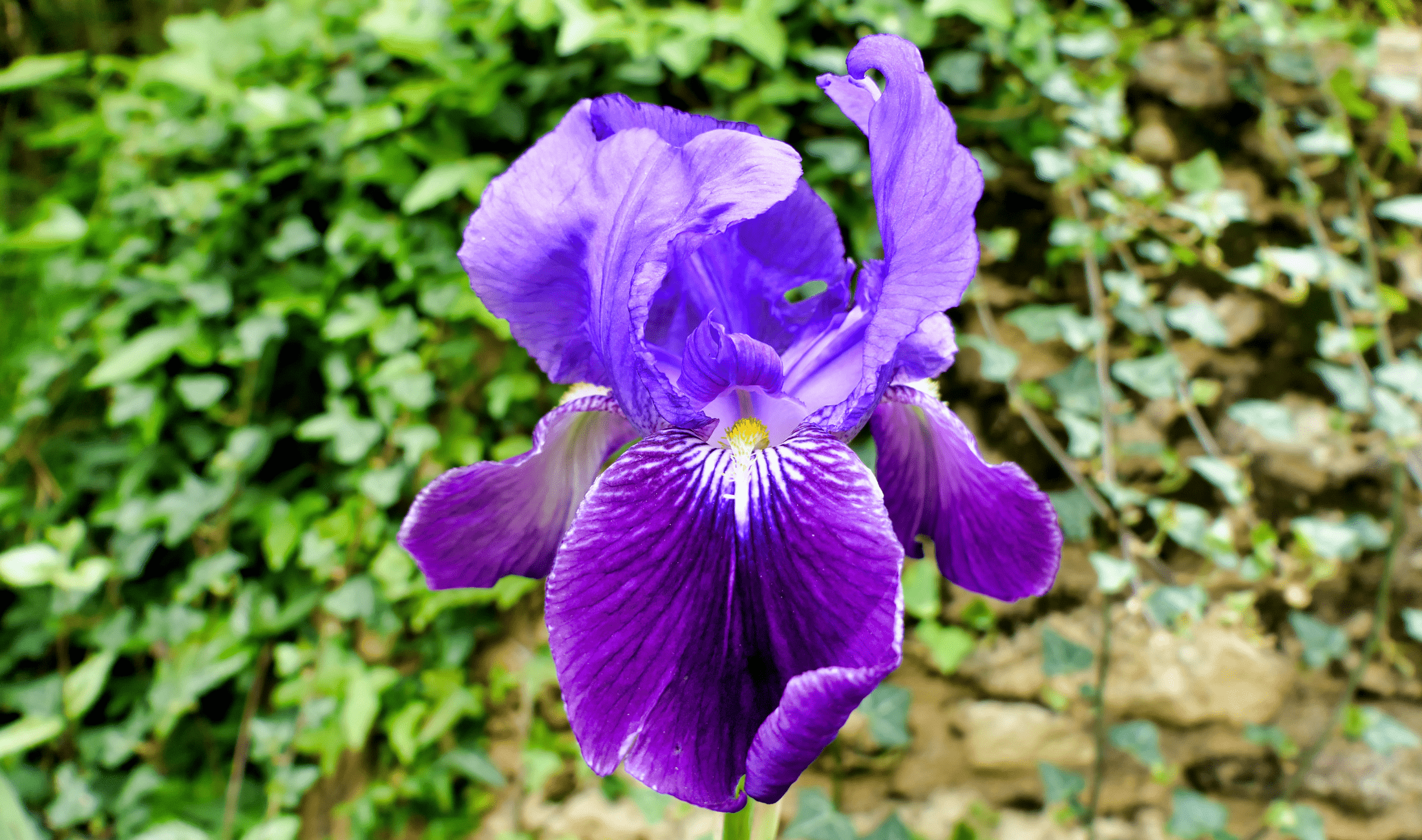
2. Lamb’s Ear
Lamb’s ear is a favorite for its soft, silver foliage, but it tends to take over beds quickly and crowds out nearby plants. It also struggles with moisture. In damp or humid climates, its fuzzy leaves can rot and develop mold, making it look more messy than inviting. Gardeners are often left trimming or removing it entirely by midsummer, meaning it’s not the easy-going ground cover it first appears to be.
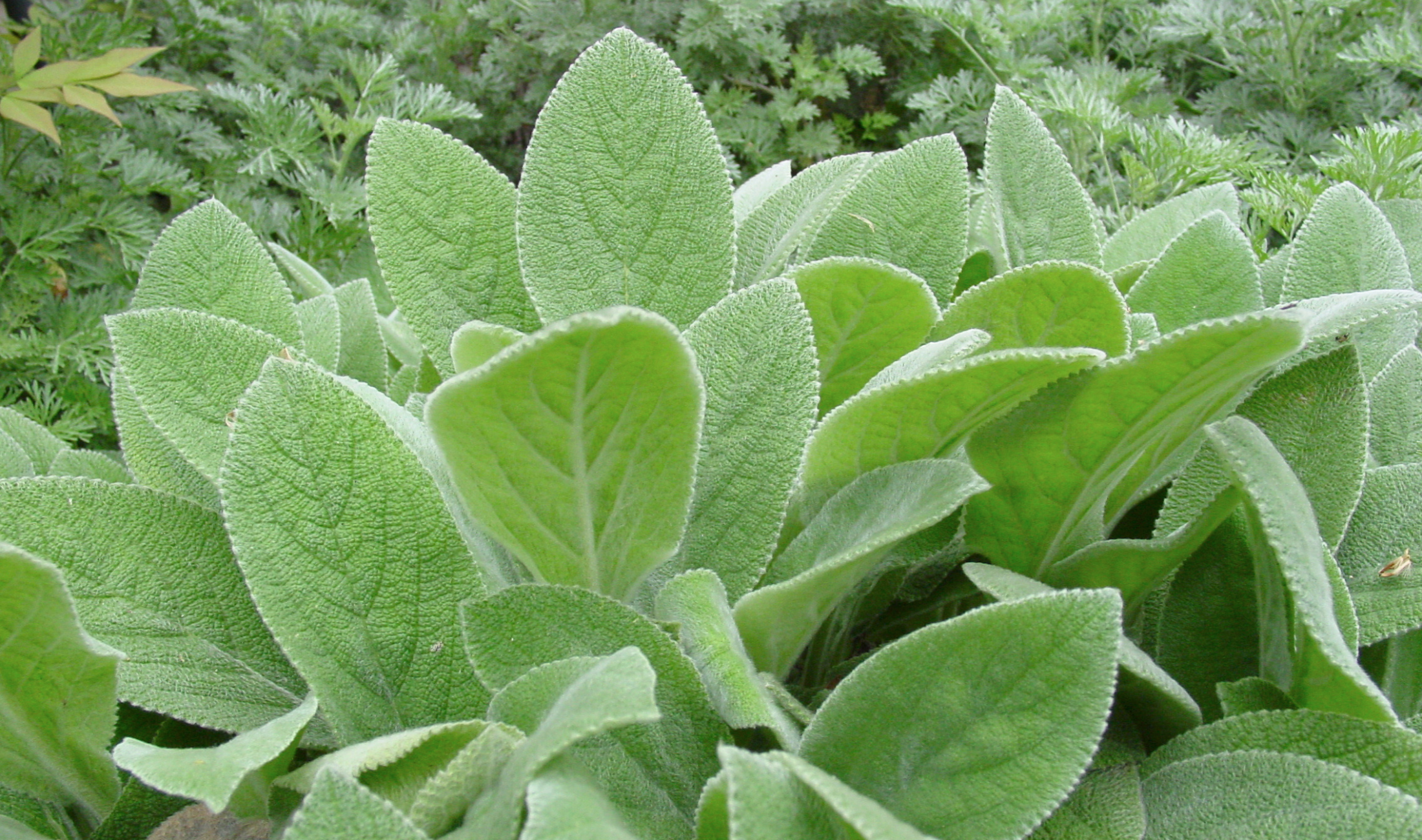
3. Gooseneck Loosestrife
Gooseneck loosestrife isn’t technically invasive like other loosestrife species, but it acts like it wants to be. It spreads aggressively underground and can quickly take over flower beds, even when you think you’ve controlled it. Its arching white flowers are attractive for a few weeks, but many gardeners find themselves constantly digging it out just to keep it in check. Experts warn that it’s not worth the ongoing effort unless you’re planting in a contained space.
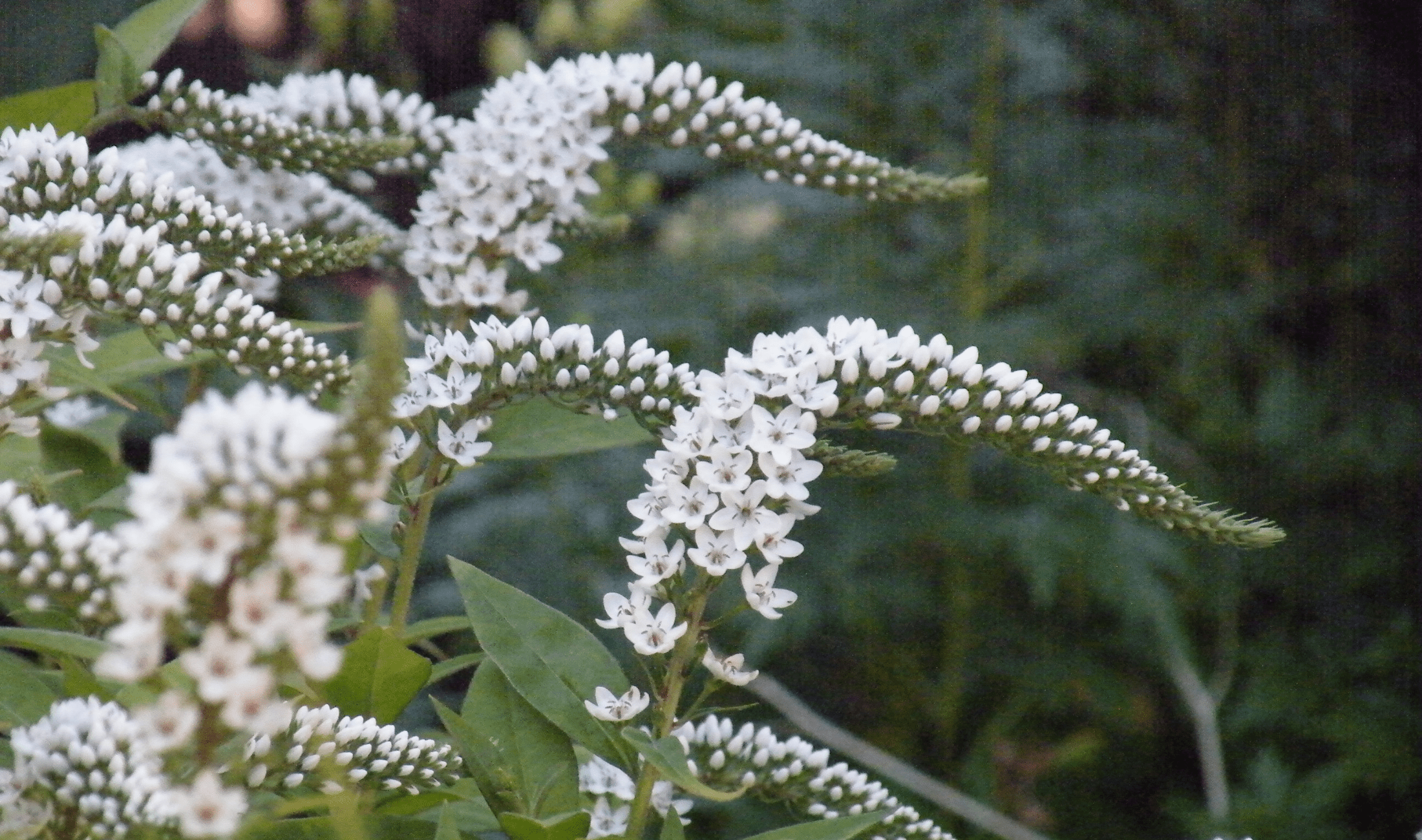
4. Balloon Flower
Balloon flower gets attention for its unique bud shape and pretty color, but experts say it can be hard to manage. It’s slow to wake up in spring, leading many gardeners to accidentally dig it up, thinking it’s dead. Its stems are also prone to flopping, giving borders an unkempt look. While not a bad plant, horticulturists agree it often creates more confusion and maintenance than other, more reliable perennials.
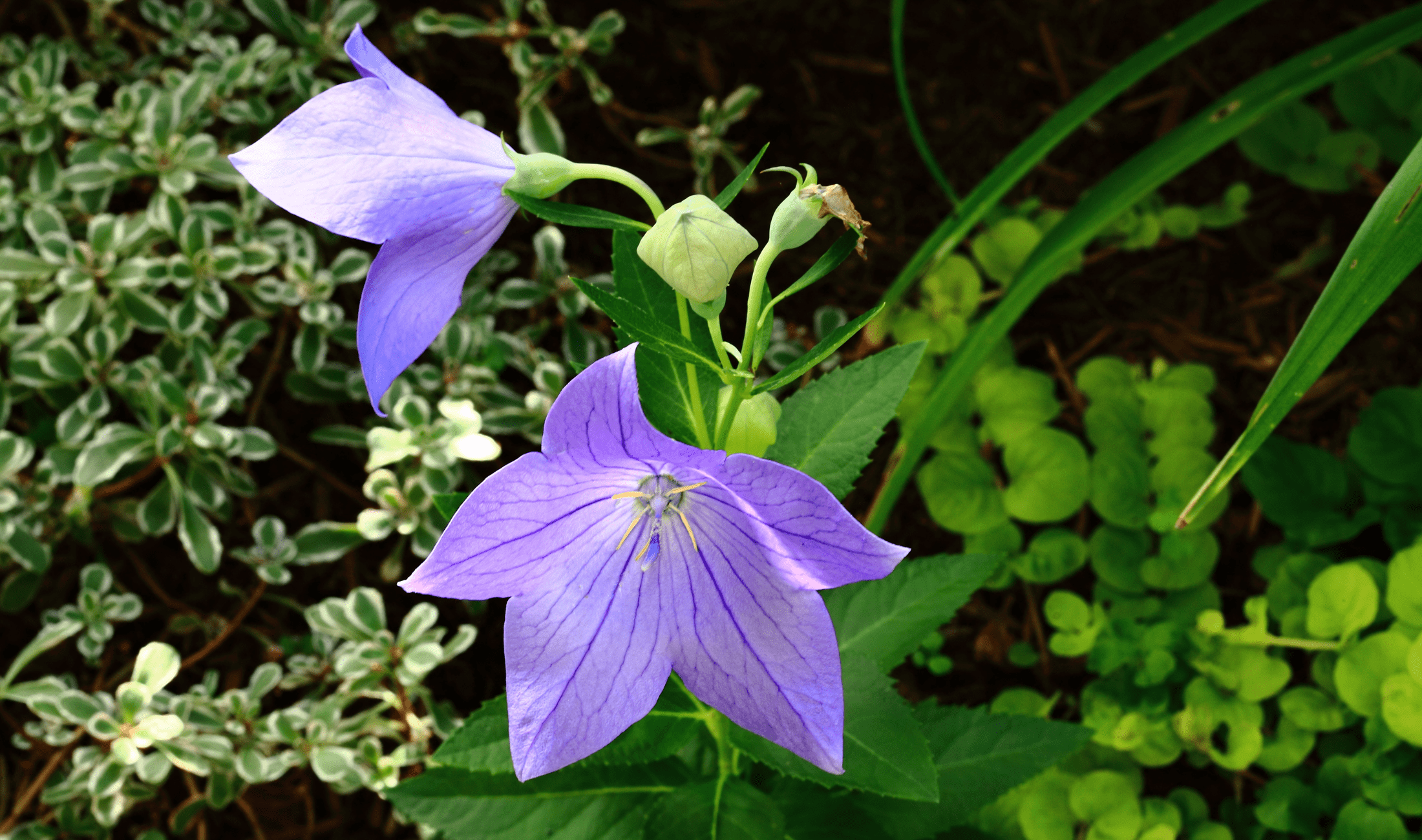
5. Evening Primrose
Evening primrose has these cheerful yellow blooms and it spreads pretty easily, but that’s exactly the issue. It can self-seed and expand very quickly, pushing out more delicate plants and throwing off carefully planned garden layouts. Once rooted, it’s not easy to remove, with many gardeners winding up surprised by how stubborn it can be. It may seem low-maintenance at first, but its agressive nature makes it one of the more stubborn perennials out there.
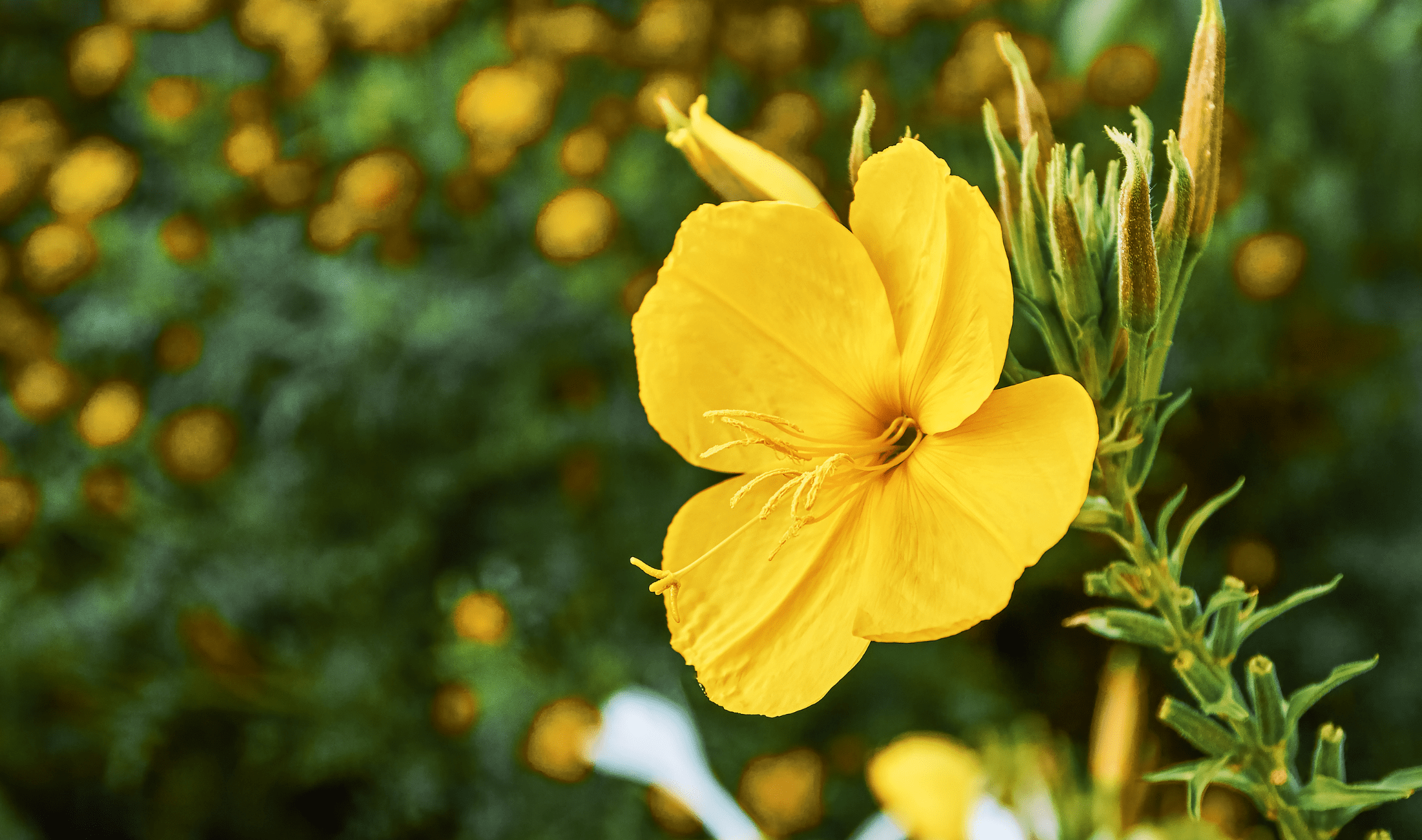
6. Hollyhock
Hollyhocks bring height and a beautiful range of color, but they also bring rust disease, pests, and short life spans. Most types are biennial or short-lived perennials, meaning you’ll need to replant every couple of years to keep them going. They also attract weevils and Japanese beetles. Experts often recommend skipping them unless you’re ready to manage their many issues each season. There are better tall perennials that offer the same feel with much less hassle.
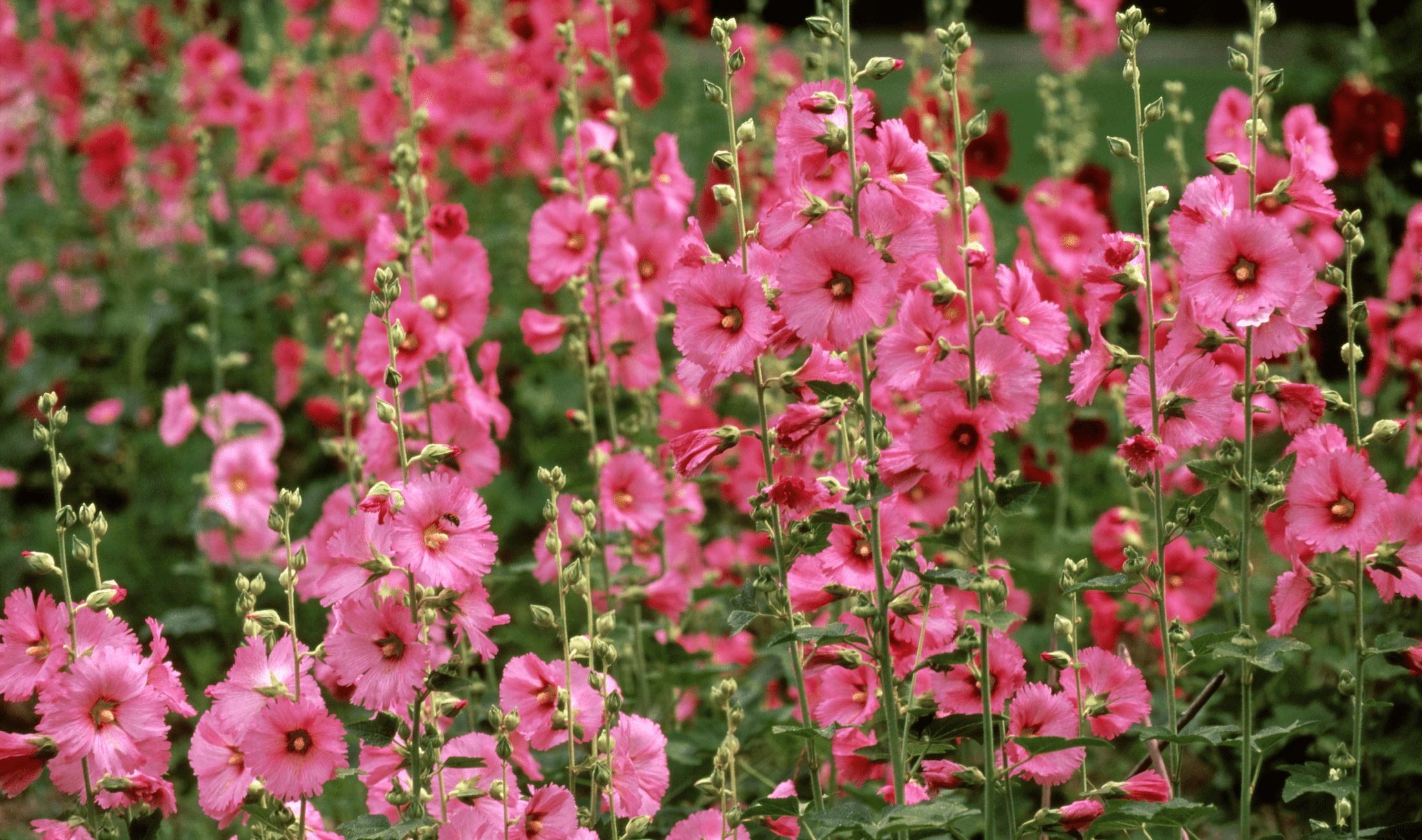
Related Articles
- 5 Flowers That Attract Hummingbirds to Your Garden
- Stop Making These Landscaping Mistakes If You Want A Thriving Garden
- 5 Trees You Should Never Plant Near Your Home
Just because a perennial is sold at the garden center doesn’t mean it’s the right fit for your yard. Horticulturists look beyond the appearance of a plant and think about how it behaves over time. Choosing perennials that suit your space, soil, and schedule helps you avoid the slow creep of regret when you’re suddenly doing much more work than you bargained for. Do your research, always double check what you’re buying, and when in doubt, reach out to some local plant experts. They’ll know how best to fill your garden.

